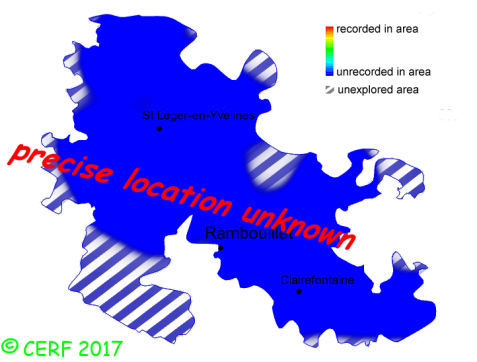|
Bolbitius tener Berk. & Br.
|
common name(s) : Milky Conecap
New classification: Basidiomycota/Agaricomycotina/Agaricomycetes/Agaricomycetidae/Agaricales/Bolbitiaceae
Former classification: Basidiomycota/Homobasidiomycetes/Agaricomycetideae/Cortinariales/Bolbitiaceae
synonyms: Conocybe apala, Conocybe lactea, Bolbitius lacteus, Conocybe albipes
(unconfirmed synonyms: Galera lactea)
edibility : unknown edibility
|
|
|
The cap is white to cream yellowish.
The cap surface is smooth, not viscid nor sticky.
The stem is whitish, bulbous, without ring.
The flesh is unchanging; its taste is mild, not distinctive; the odour is not distinctive;
its texture is fibrous.
The gills are white then yellowish red to brown, adnate, crowded .
The spore print is rusty brown. This species is saprophytic.
It grows on the ground, on a rather rich in humus soil.
The fruiting period takes place from June to November.
| Dimensions: | width of cap approximately 1.5 cm (between 0.3 and 2.5 cm) |
| | height of stem approximately 7 cm (between 3 and 11 cm) |
| | thickness of stem (at largest section) approximately 1.5 mm (between 1 and 3 mm) |
Chemical tests : none.
Distinctive features : white or cream, bell-shaped
Bolbitius tener is rare and confined in the forest of Rambouillet, and is occasional, more generally speaking
.
|  | | Above : distribution map of Bolbitius tener in the forest of Rambouillet |
|
page updated on 14/01/18